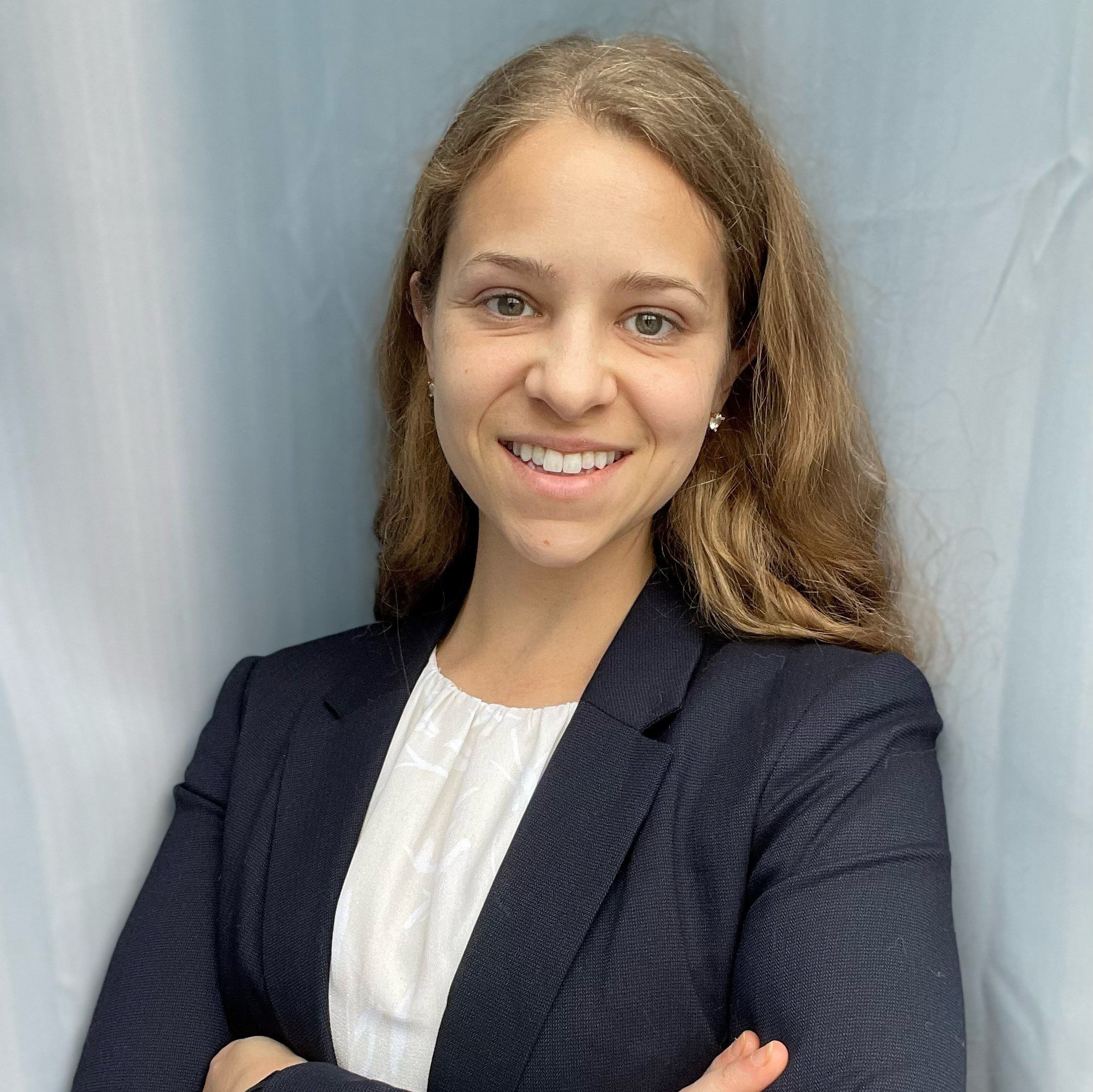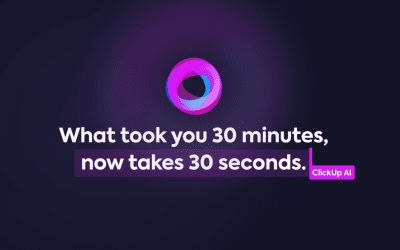
Summary: As budgets tighten and staffing constraints rise, nonprofit employees find more work on their plates than ever before. This leads to major challenges faced by many nonprofit organizations: keeping projects on track when there are fewer resources available. All isn’t lost, though — we’ve put together a list of tips for how to reach the finish line, even with a smaller team!
Be Clear On The Priorities
It’s easy for mission creep to bog down a project: an added feature here, an extra process there.
While it may not sound like much, each scope addition makes it more difficult to keep the project going. Overburdened staff are spread across so many tasks that either nothing gets completed, or results are rushed and the actual goal remains unachieved.
An effective way to prevent mission creep is to clearly define the goal and priorities when initiating a project.
By outlining a charter with the project’s minimum requirements, you have a reference point to live by when considering changes to the scope. Each time there’s a potential shift in the project, use that foundation to ask whether the change is necessary to achieve the required outcome. This allows you to prioritize work so your team can focus on the most important steps for delivery.
By triaging the “nice to haves” as something to be addressed later, you streamline the workload to be manageable while still ensuring project success. When resources are tight, anything that can wait until later should be backlogged.
Additionally, a defined governance process is critical to minimizing scope changes, with a select few stakeholders as the gatekeepers for change requests. Select your governance committee with the consideration that they will need to make hard decisions to prioritize the best outcome of the project. Their purpose is to champion the primary goal and what it takes to get there.
Be Prepared to Pivot and Wear Multiple Hats
Flexibility and agility are critical in any nonprofit organization.
Having the ability to change a project’s direction with little advance notice will help keep it on the original timeline. For instance, a curveball like an unexpected regulatory change or a team member’s departure can be incredibly disruptive, and you must stay on your feet. Assess the situation and always refer back to the project requirements – what events or activities must occur for the project to continue onward?
After identifying these critical events or activities, plot out your “must-haves” or “must do’s”., . In the case of resource attrition, having centralized knowledge management and consistent, documented processes provides the tools for someone to pickup the reigns as if they were always handling the task.
Creating playbooks and guides prevents important project knowledge from departing with people.
Need help with this part? You know where to find us.
Use a Project Management System Like ClickUp
A modern project management tool like ClickUp can store a centralized and current project plan that breaks down the steps, tracks task status, and provides responsible parties with real-time insight into progress.
In particular, ClickUp boasts easy dashboard creation and AI-driven task and project summaries in a robust hub to visualize project information, including dashboards, without a heavy lift.
Your team spends less time on status meetings and sending reports, and more time on the actual project. The collaborative nature of ClickUp provides the perfect platform for asynchronous work, especially if the resources of your nonprofit are scattered across time zones or departments. This is extra important if your project plan features dependencies; a project plan helps you visualize the blockers in advance, so they’re swiftly addressed before the project timeline gets thrown off.
ClickUp is more than just a project tool – it’s a convenient repository for materials like playbooks, references, and guides, doubling the investment by turning your workspace into a knowledge management system. (ClickUp’s massive library of native app integrations doesn’t hurt either!)
Lean on Consulting Support for Additional Hands
Project management for nonprofits can be bolstered through consulting services that provide guidance, boots on the ground, and industry knowledge.
Good consultants also bring an objective viewpoint and an outsider’s perspective to help maintain clarity on organizational objectives. Firms like Tuck Consulting Group maintain an extensive bench of experienced management professionals ready to dive into the project and keep it moving.
Whether you need a few hours of help each week or full-time support from several experts, project management consultants are an ideal way to add resources with minimal friction and maximal results.
Tuck Consulting Group is a values-driven firm that focuses its project management services on the missions of nonprofit organizations around the country. We know how to grow a nonprofit organization’s success through needs analysis, project management, process improvements, and technical expertise across many industries. We’d love to help get your project across the finish line, whether you need fractional help or multiple hands.
Book a call with our founder, Alex Tuck, to talk about what resources your nonprofit needs to close out your project with a strong finish.

Katy Gaston, DPT, CAPM
Healthcare Project Management Consultant
After seven years in clinical practice, Katy pivoted into project management to embrace her passions and natural talents in communication, organization, and execution. She has led several electronic health record (EHR) implementation projects and loves balancing clinical knowledge with the ability to get things done right for the success of her clients. Katy’s specialties include process improvement, operational efficiency, and communication.
Katy has her Certified Associate in Project Management (CAPM) and has a Bachelors in Exercise Science and a Doctorate in Physical Therapy. Residing in Minnesota, she is a cat mom, cancer survivor, and three-time marathoner.


